Can I Eat Plantain? Edible Weeds
Sometimes life throws us some curveballs. You know like things not being on the shelves in the stores, or we get lost in the woods somewhere. When things like that happen, it’s always important to find food and water to survive. One way we can survive is knowing what things in the wild are edible.
So, I asked myself, “Can I eat Plantain, also known as Plantago Major? And, if so, how?” Now I’m not talking about the fruit. I am talking about those leafy green weeds. Here’s what I found out!
Please note: Please be careful before you take the “plunge” into foraging wild edible weeds. They may look like a certain edible weed, but may not be the actual one. I highly suggest you buy one of the following books or one that you feel comfortable with to forage edible weeds safely.
Rosemary Gladstar’s Medicinal Herbs: A Beginner’s Guide
Rosemary Gladstar’s Herbal Recipes for Vibrant Health
Can I Eat Plantain (Plantago Major)?
The short answer to this question is YES! This weed is found all over the world and in particular the U.S. It is a persistent weed that can be challenging to control. So, if you can’t beat it, you might as well eat it. Not only is this pesky weed edible, but it is also quite nutritious.
These weeds that you can find in your yard can be eaten entirely. You will find that the younger leaves are the tastiest. Some people eat the entire shoot of seeds once the flowers are done. The seed pods can be eaten raw or cooked.
What Does it Look Like?
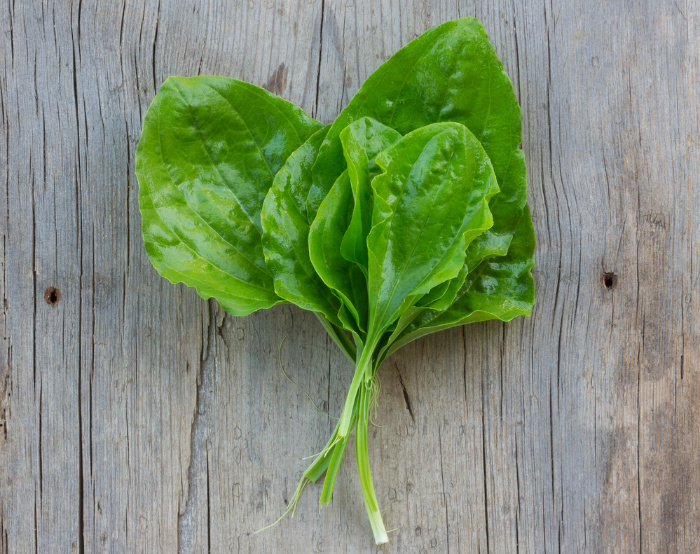
Plantain has oval-shaped leaves that are slightly egg-shaped. They have parallel veins that run on each leaf. Additionally, there are small, inconspicuous flowers that grow on the tall spike part of it. Each stem is thick and is stringy, which is similar to the strings you find in celery.
Health Benefits of Plantain
Originally, plantain was considered an herb that was used to treat a variety of conditions, including coughs, congestion, nausea, heartburn, constipation, and diarrhea. In addition, some herbalists have thought that Plantain could level out cholesterol numbers and help control blood sugar.
Plantain leaves made into a tea contain antibacterial properties that make it an effective treatment for things like skin irritations, bites, cuts, scrapes, sunburn, and poison ivy.
Along with being used medicinally, Plantain is rich in vitamins and nutrients, such as:
- Vitamin A
- Vitamin C
- Vitamin K
- Calcium
- Iron
Although this weed is safe to eat and use, if you are trying to treat an illness, always seek medical guidance from a doctor.
What Plantain Should I Pick?
Plantain is a leafy green that is edible. When picking Plantain, you want to be careful which ones you pick. Here are some tips:
- Do not use pesticides or herbicides in your yard.
- DO NOT harvest any Plantain that is close to a road. They can pick up pollution from cars.
- NEVER harvest any Plantain from an industrial lot, or any space where past pollution might have been an issue.
- Do NOT harvest Plantain from a yard where chemicals like pesticides and fertilizers have been used.
How to Harvest Plantain
It is best to harvest your Plantain early in the season. You want to look for new shoots of the plant. The younger shoots make for a light asparagus-like flavor and the leaves are sweeter and tastier.
Can I Eat Plantain Leaves: How to Harvest
To harvest your Plantain leaves, cut the leaves free with a pair of scissors. Snip the leaves at the narrowest part of the stalk. You want to leave the root section behind. This way the leaves will grow back and replenish your supply. If you want to harvest a whole patch, gather the leaves from the bottom, lift them up, and cut across the stalks all at once.
Can I Eat Plantain Seeds: How to Harvest
You can find the seeds to the Plantain in small pods growing at the tips of the slender flower stalks. Pick the seeds when they have turned black or brown. The green seeds will be too tough and fibrous to eat.
How to Eat Plantain
As stated above, Plantain can be eaten in its entirety. You can use them raw in any way that you would for spinach. You can put it in salads, on sandwiches, or anywhere you like.
You can also eat Plantain by cooking it. For larger, older leaves, this is ideal. A quick blanch or a light stir fry helps to tone down the bitterness of older leaves. It also softents the veins. Additionally, you can blanch the leaves so that you can freeze them and use them in soups or sauces later. A saute will enhance the asparagus taste of younger leaves.
Even the seeds are edible in this weed. When the flowers have finished, people will eat the entire shoot of seeds. You can eat the seeds raw like you would peanuts or cashews, or you can eat them cooked. Be sure to peel the fibrous chaff back from the seeds themselves before eating or cooking them. Plantain seeds have a nutty, slightly spicy flavor. So, they are good by themselves or in tea.
Can I Eat Plantain: Plantain Recipes to Try
If you are looking for some good ways to use the Plantain growing in your backyard, here are some great recipes to try:
- Plantain Salad
- Plantain Stir Fry
- Soup with Plantain
- Puerto Rican Pasteles
- Baked Plantain
- Keto Fish in Plantain Leaves
- Plantain Chips with Herbal Salt
Plantain Herbal Recipes
As stated above, Plantain has been used medicinally as well. Here are some great recipes for treating certain ailments:
- Homemade All-Natural Poison Ivy Salve
- Plantain Leaf Healing Balm
- Plantain Cream for Bites and Stings
- DIY Plantain Body Scrub
- Simple Healing Salve
How to Store Plantain
There are two ways you can store your unused Plantain: store it in the refrigerator or dry them to store them.
Store in the Refrigerator
To preserve your freshly-picked Plantain leaves, you can store them in the refrigerator. Wrap them loosely in a layer of damp paper towels and then put them in the crisper drawer of your refrigerator. You can also put them in an airtight ziplock bag. The leaves can keep for 3-5 days in the fridge.
Dry the Leaves for Storage
To preserve your freshly-picked Plantain by drying them, press them between two broad, heavy surfaces to flatten them out. Then, set the leaves out in direct sunlight for several hours. Or, you can put them on a baking sheet and bake them at 150 degrees until they are brittle to the touch. When leaves are dry, store them in a lidded jar or airtight ziplock bag. Drying them can make them last as long as 1-3 years. Grind them up when ready to use.
Can I Eat Plantain: Other Weeds You Can Eat
Along with Plantain, there are a variety of other weeds that are actually edible. Check them out, below!
#1 Red Clover
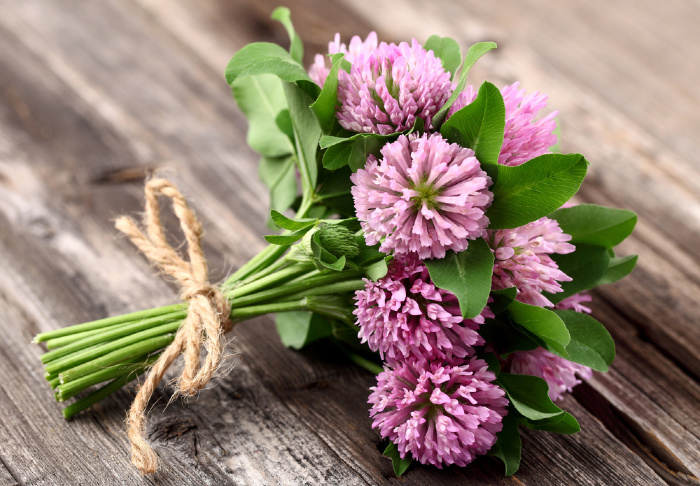
The red clover is not the traditional 4-leaf clover. Instead, it is the pinkish/purplish flower that covers the fields in color. The flowers and leaves can be eaten in salad and other dishes. If you haven’t yet, check out my post “Can I Eat Red Clover” for more details.
#2 Dandelions

If you haven’t checked out my post “Can I Eat Dandelions,” you should? It tells you everything you need to know from health benefits to harvesting and cooking.
#3 Purslane
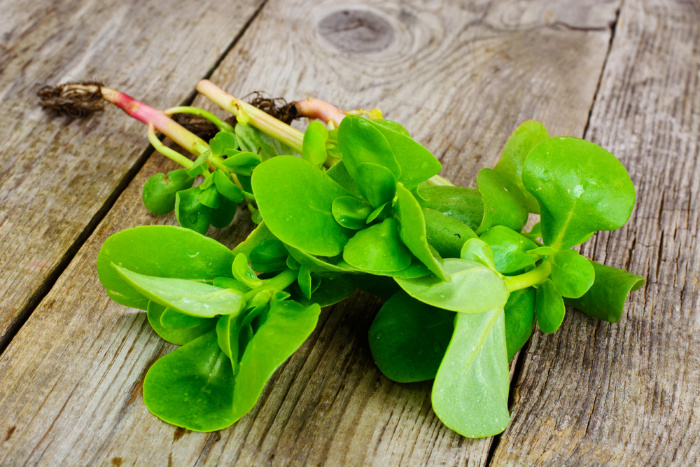
Purslane is one of those super annoying weeds that can grow anywhere, including your sidewalk cracks. But, it is actually edible. If you haven’t already, check out my post “Can I Eat Purslane” to find out all you need to know.
#4 Lambs Quarters
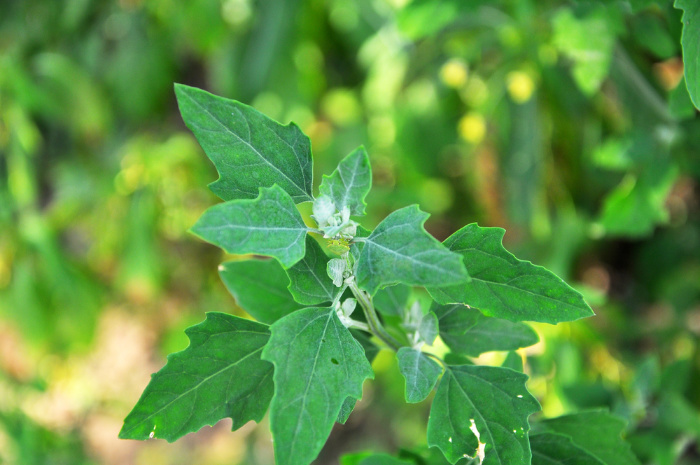
Lambs Quarters is one of those other super annoying weeds. But, they are actually edible and really good in salads and other recipes. Check out our post Can I Eat Lambs Quarters to find out all the ways you can eat them.
#5 Chickweed
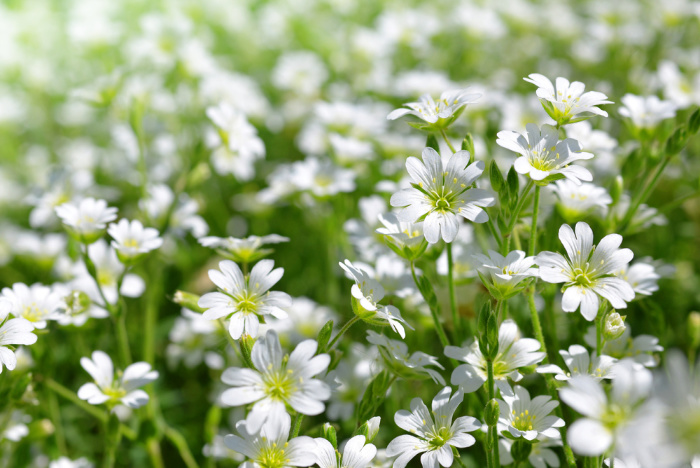
This garden weed can be harvested for both food and medicine. The chickweed leaves, stems, and flowers are eaten both raw or cooked. It can be eaten much like you would eat spinach.
#6 Mallow
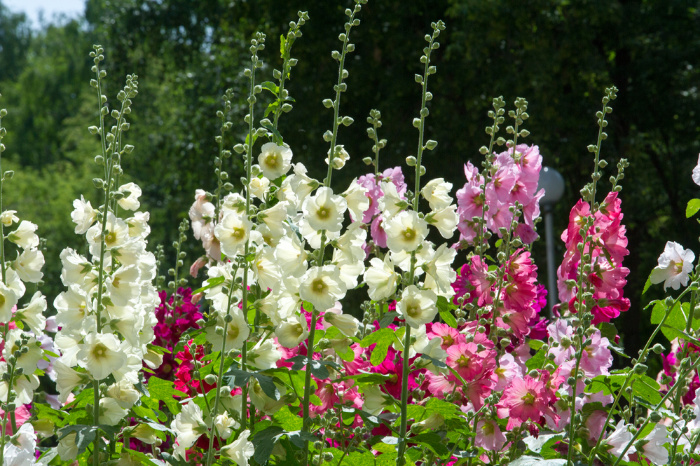
Mallow or Malva is also known as cheeseweed because it is shaped like seed pods. It is found in lawns or garden beds throughout the United States. The leaves, as well as the seed pods, are edible raw or cooked.
#7 Wild Amaranth
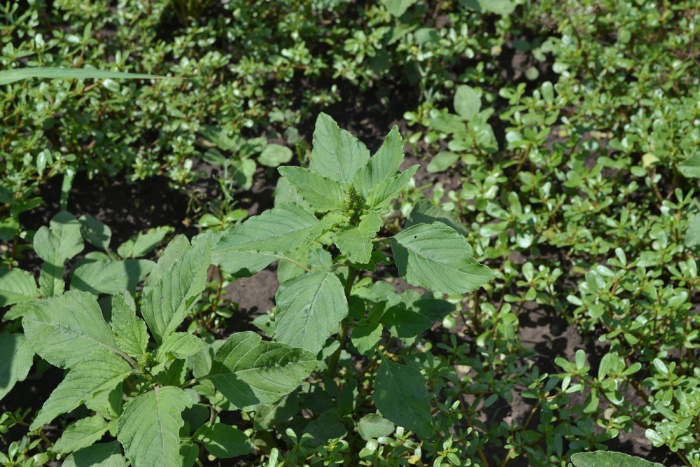
Wild amaranth is also known as pigweed. It is another great addition to dishes that require leafy greens. The younger plants are typically softer and tastier than the older leaves. However, older leaves can be cooked like spinach.
#8 Curly Dock
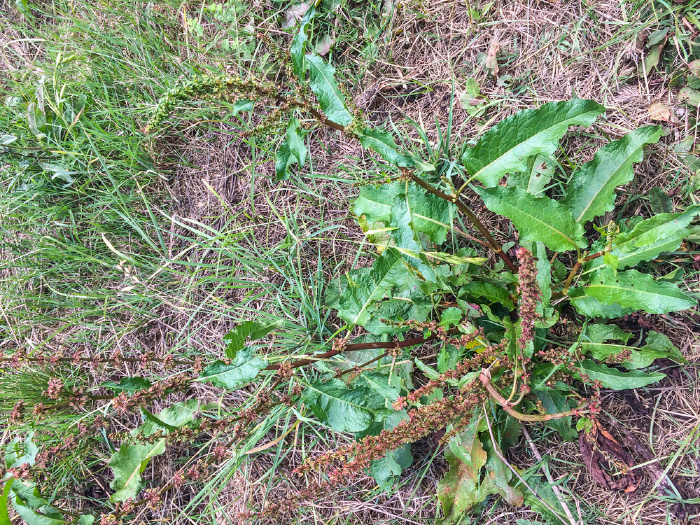
Curly dock is also called yellow dock. The leaves can be eaten raw when they are young, but need to be cooked when they are older. The stems can be peeled and eaten raw or cooked. Additionally, the seeds can be boiled, eaten raw, or roasted into coffee. It’s recommended to only eat these in moderation.
Final Word
So now you know you can eat Plantain (Plantago Major). Knowing what weeds you can and cannot eat could help you in a dire situation. And, if you have a problem with weeds in your yard, you can get rid of many varieties by eating them. What weeds have you eaten? What did you think?
Share your thoughts and opinions in the comments below! If we can identify the weeds that we can eat, just think of the possibilities! Please keep prepping, we must. May God bless this world, Linda
Copyright Images: Plantain Deposit photos_52123125_s-2019, Plantain Leaves Deposit photos_114960922_s-2019, Dandelions Deposit photos_197788372_s-2019, Red Clover Deposit photos_25633895_s-2019, Purslane Deposit photos_116520078_s-2019, Lambs Quarters Chenopodium album Depositphotos_362096836_s-2019, Chickweed Depositphotos_195249732_s-2019, Mallow Depositphotos_186081472_s-2019, Amaranth Depositphotos_325233254_s-2019, Curly Dock Depositphotos_256444932_s-2019

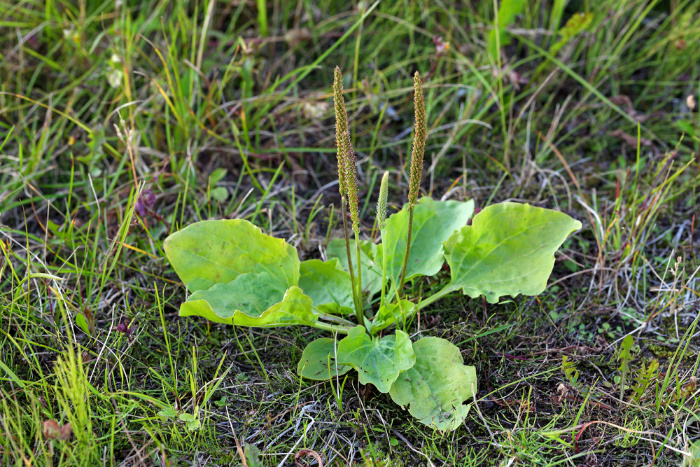

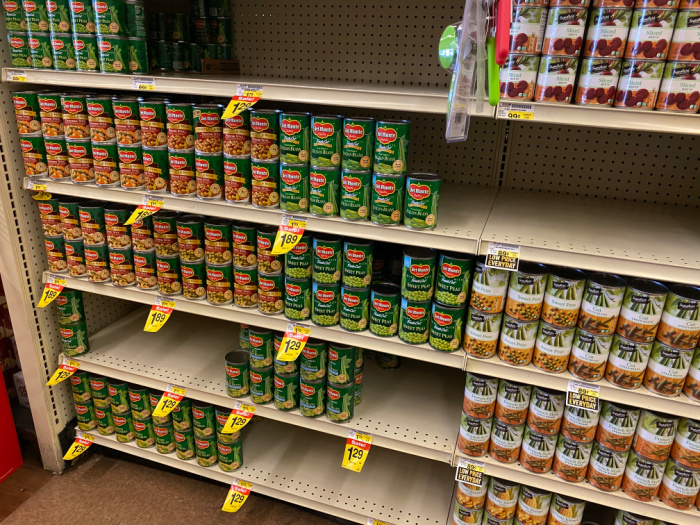
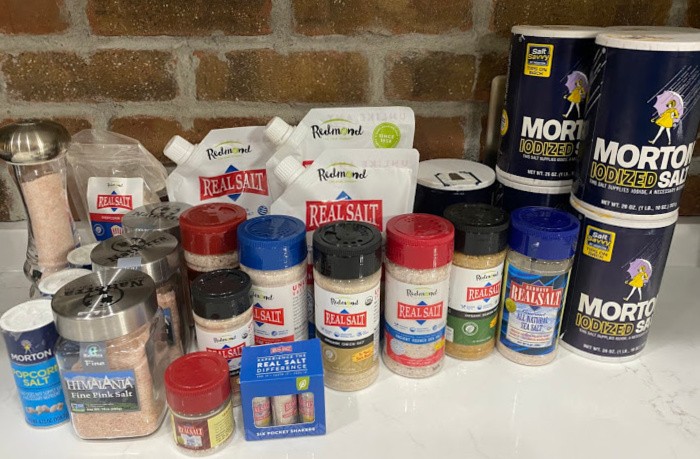
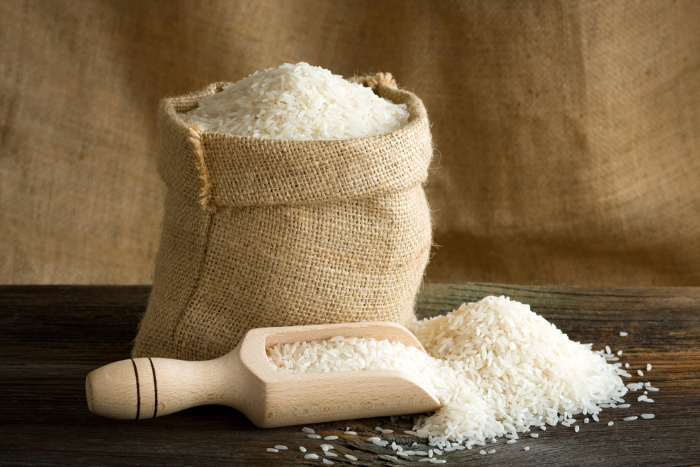
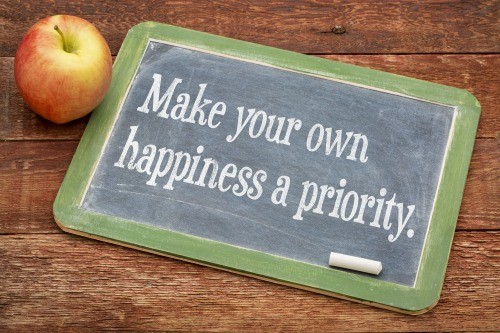
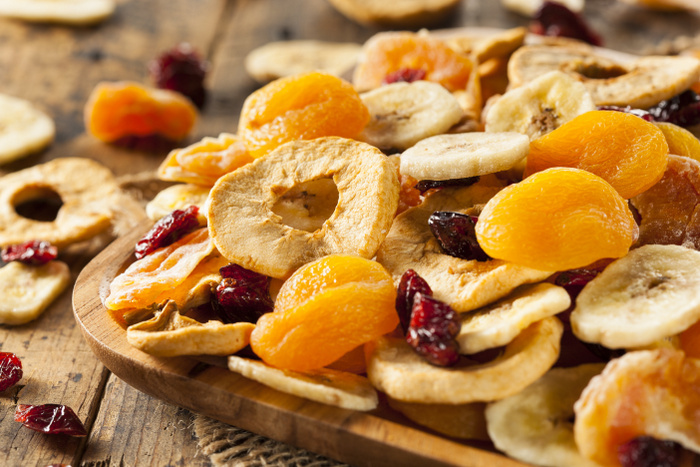
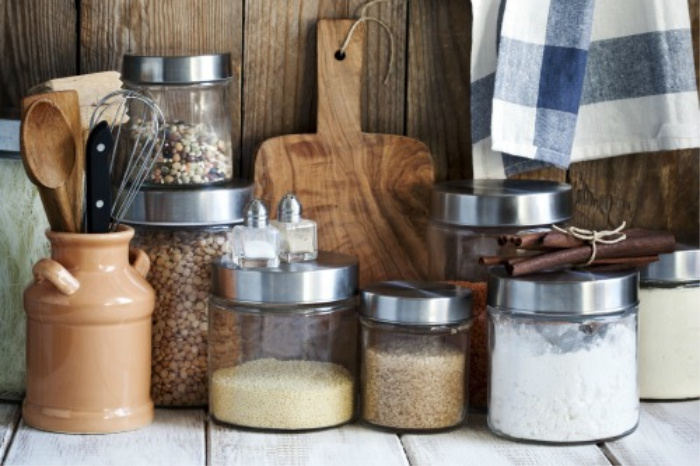














My yard is a vegetable garden. How about that.
Hi Mary, I love it, food is everywhere in your yard/garden! Linda
Hi Linda, Near as I can figure nearly everything on my acres here in the woods below the mountain is edible and or medicinal. I could literally live off what grows here naturally and what I plant and with an Artesian well and an all year creek I frankly do not really have to leave here. During this Covid 19 period I have been living off my storage and have not left this place for 10 weeks. No cars, no one lives close and no one lives beyond me on this long dirt road. No poisons. Therefore I can eat anything that grows here. I feel so safe and as I have said before, very healthy. I hope everyone can find the same and be healthy.
I am older, but I have never had an operation. Be well everyone and never hurry worry. That is the big key. No stress allowed. Love you all
Diane
Hi Diane, just reading your comment brought me a feeling of calmness and joy. No operations, no poisons, living off your land and storage. Life is so good, best comment EVER. I LOVE LOVE LOVE your statement “Be well everyone and never hurry worry. That is the big key. No stress allowed”. Thank you for sharing your calmness and love. Linda
I enjoyed this article. Made me remember when my Grandma would just walk out into the yard and start picking “grass” (we were young lol) and then go into the house and cook up a mess of greens.
Seems like nowadays it’s just more convenient to open up a can of spinach, but still good to know because hey, ya never know!
Have a great day!
Hi Brenda, thank you for your kind words. We may all have to eat those “greens” in our yards! Linda
Well, I picked some pistils to pickle. I made one pint and one 1/2 pint. I didn’t take the seeds off, I left them in stalks. We shall see!
To add another use for plantain–bee/wasp stings. Very easy, too. If you get stung, grab a leaf or two of plantain, chew it to a rough mash, and pat the mash onto the sting site. Replace as needed when it dries or falls off. (The saliva actually is part of the remedy–like the old Boy Scout advice to carry a dime, silver back then, and if you were stung, spit on the dime and put it on the sting.)
I had a major demonstration of how well this works a couple years ago. We had the pack of hounds out for a walk when one of them stirred up a nest of ground hornets. Wow. When we all stopped running, several hounds–and I alone amongst the humans!–had been stung. I put plantain poultice on the stings I could get at (one was under my shirt–didn’t think I’d strip off right there!) By the time I got home, the plantain-ed stings were painless, just tiny pink dots. But the one under my shirt that I hadn’t treated was red, swollen, hot, painful–and itched for weeks…
Oh yes–when you chew the plantain, it will be bitter. But worth it.
Hi Rhonda, I love it if it helps with the stings, we will chew it! Linda
Hi Rhonda, yikes!!! Oh my gosh, the hornets!! Thanks for the tip on the plantain helping with hornet stings!! Wow, Linda
Not sure if I ever shared an interesting story of healing using plantain! It was my real first encounter with using weeds to heal! We had already used many weeds for food on the farm but to heal, that wasn’t something that we did – at least not that I can recall.
So, one morning, I was visiting my “hippie” friend just up the road from where I lived. Her husband worked at the sawmill where my dad worked and they were renting a house we had on the property. I think I was 17 or so. Well, Rusty got home from working the graveyard shift and turns out, he got a 2 inch splinter (more like a board!!) run into his middle finger from the tip to the 2nd joint. He refused to go to the doctor for removal and didn’t want to take time off work anyway. I don’t think Rusty and Marie had insurance yet as he had just started working at the mill. This splinter was huge!!
Marie went out into the driveway and came back with 10-15 large plantain leaves. She washed them well and set a pot on the stove to boil. She infused the leaves for about 20 minutes while Rusty cleaned up from work. When he came back to the kitchen, Marie wrapped his finger with the very warm leaves, wrapped his hand in a towel and poured some of the infusion on the towel. As it cooled, she kept pouring the infusion on and kept it warm and wrapped. After about 30 minutes, she unwrapped the hand/finger and that splinter was sticking out about an 1/8th of an inch. She proceeded to pull it out. She then wrapped the finger again in very warm leaves and towel and then placed his hand in the still warm infusion. After another 20-30 minutes, she finished up by running her thumb from the 2nd joint to the tip of his finger, getting a few more little splinters out.
I was amazed at how quickly this worked without having to cut his finger open! She wrapped his finger in gauze. Fortunately, it was a Saturday morning and he had the whole weekend to recover from this. He never even got a sign of infection.
What I learned is that Plantago Major and Plantago Lanceolata have the ability to “draw out” infection as it is very antiseptic.
You can also make a tea from the leaves.
As Linda recommends, get a good book by a well known and well respected herbalist before diving into the use of herbs/weeds as medicine. Know what you are looking for and know how to positively ID the plants you are foraging. There are many look-alikes and that can be very detrimental to your health.
Hi Leanne, I’m so excited to be learning about edible weeds. AND this story you shared tells us all why we need to learn even more about these wonderful natural healing weeds. I really hope everyone gets a book to help them try to positively identify the REAL ones. Thanks again for the book recommendations. You’re the best and I highly respect your knowledge. Linda
Great article. There is so much abundant food if one knows where to look. One thing though the picture that you have of Mallow is actually Holly Hocks their leaves are also edible but they are very different from Mallow.
Hi Glenda, I’m so glad you told me, I better look for another “photo stock image”. I buy the images and they have titles under them telling me what they are. Back to the drawing board, thank you again, Linda